Where Swiss development aid meets migration
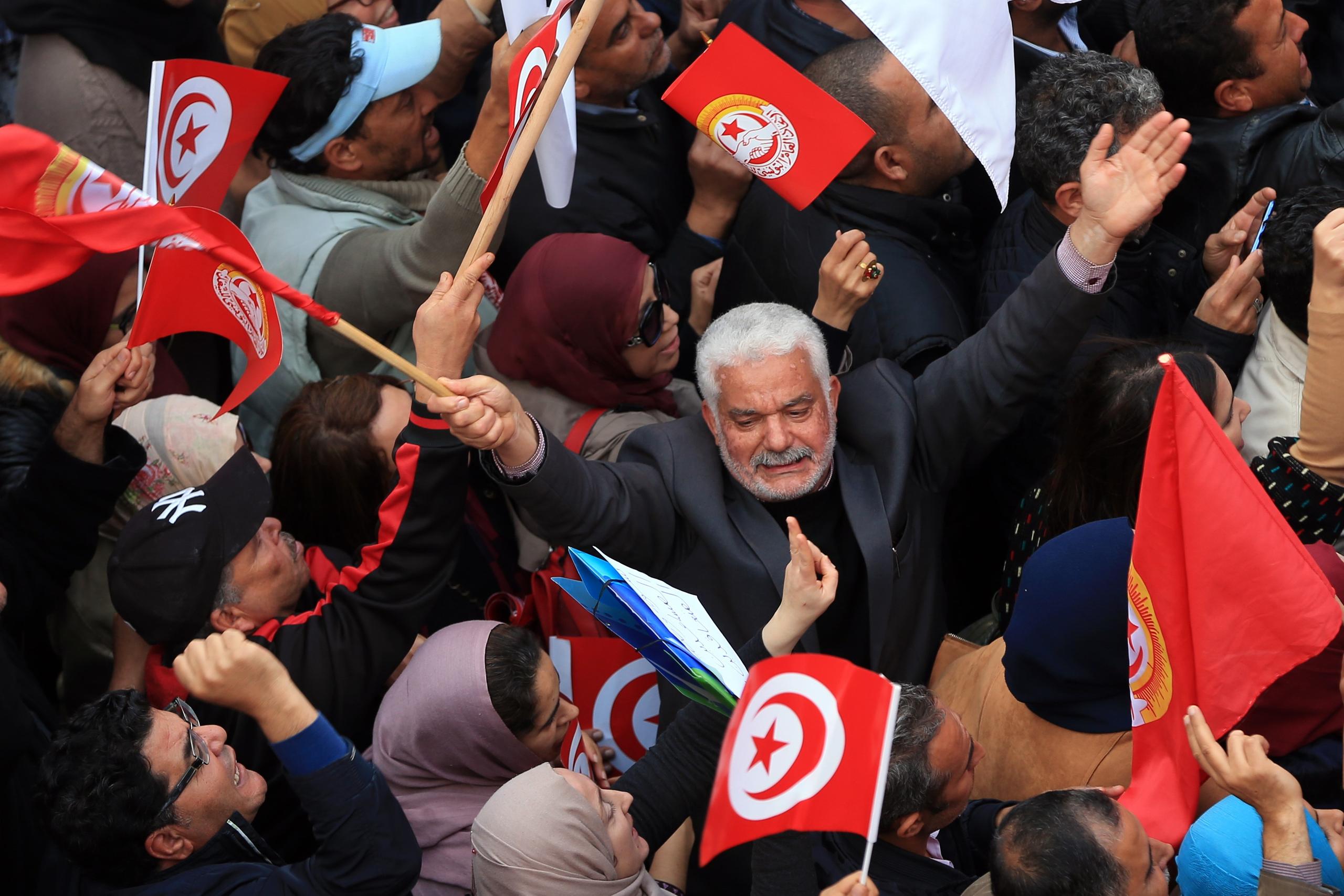
Controversial and currently on hold in Switzerland, the UN Migration Pact strives to help people live in peace and follow their dreams in their own countries. But many Swiss-supported projects already pursue these goals.
Earlier this week the international community – but not Switzerland – formally adopted an international agreementExternal link in Morocco that promises a better, more coordinated approach to migration. The Swiss government said on Friday External linkthat it had instructed the Federal Department of Foreign Affairs to prepare, by the end of 2019, a simple federal decree enabling the Swiss parliament to decide whether or not Switzerland should sign the pact.
The country already supports several key projects in the area of migration. It has formed five partnerships with Bosnia-Herzegovina, Kosovo, Nigeria, Serbia, Sri Lanka and Tunisia. The content of a migration partnership is flexible and varies from country to country, taking the particular context and the different interests of the partners into account. Apart from the traditional issues of readmission, return assistance, visa policy and the prevention of human trafficking, migration partnerships also link migration with development and include the protection of migrants’ human rights.
Who’s involved in the partnerships?
The State Secretariat for MigrationExternal link (SEM), the Swiss Agency for Development and Cooperation External link(SDC) and the Human Security DivisionExternal link (HSD) in the Federal Department of Foreign Affairs (FDFA) are responsible for concluding migration partnerships. They support the projects financially and with expertise.
Several of the projects below have been developed as part of a migration partnership. These and other initiatives supported by Switzerland already meet the objectives of the Global Compact for Migration, which aims to create conditions that allow people “to live in safety and dignity” and to fulfil their personal ambitions in their own countries. The Compact recognises the global necessity to “optimise the overall benefits of migration, while addressing its risks and challenges for individuals and communities”. It also stipulates that migration takes place according to existing rules and laws, and that migrants’ human rights are respected.
Geopolitical situation: Since the war in the former Yugoslavia in the 1990s, Bosnia-Herzegovina has been an ethnically and religiously fragmented country with a complex system of government. The diaspora in Switzerland is very heterogeneous, but committed to its homeland. Relations between the diaspora and its country of origin are mostly based on personal relationships. Systematic communication and cooperation with local and national authorities are being established.
What are the drivers of migration? In the 1960s and 1980s, mostly unqualified seasonal workers came to Switzerland. In 1991, Switzerland put an end to labour migration from the successor states of the former Yugoslavia. As a result of the war that began in 1991, the number of asylum applications increased, peaking at almost 7,000 in 1993. The Federal Council then decided to temporarily accept war refugees, revoking the decision in 1995. After the war, national reconciliation remained difficult, hampering the return and resettlement of refugees. Since then, family reunification and hardship cases have been the main reasons for immigration to Switzerland.
How many are in Switzerland? An estimated 60,000 people from Bosnia-Herzegovina live in Switzerland. The majority have a B permit or a C residence permit. Between 1998-2006, the naturalisation rate of Bosnian citizens rose, but has been declining since 2006
How does the FDFA/SEM react to the migration drivers? The “i-platformExternal link“, established in partnership with the SDC, enables the diaspora in Switzerland to contribute to the economic, social, cultural and democratic development of Bosnia-Herzegovina. This ethnically independent, nondenominational platform fulfils a dual bridging function: both within the diaspora in Switzerland and within Bosnia-Herzegovina’s fragmented society.
Geopolitical situation: Since the end of the civil war in 2009, the situation in Sri Lanka remains unstable and is further aggravated by the current political crisis. Switzerland has supported the reform and reconciliation process since the start of the civil war in 1983. Between 2005 and 2016, Switzerland also provided humanitarian aid for reconstruction after the civil war and the 2004 tsunami.
What are the drivers of migration? Several hundred thousand people from Sri Lanka migrate to the Gulf States and to Asian countries every year for work. They work abroad to escape poverty and to improve the chances for better health and education for themselves and their families. Between 2009 and 2018, Sri Lankan migrant workers sent home an average of more than $500 million (CHF496 million).
Migrant workers frequently fall victim to unethical recruitment practices and exploitation due to a lack of information and knowledge of their rights. Women are targets of sexual violence or human trafficking.
How many are in Switzerland? About three million Sri Lankan citizens live abroad, of whom about 50,000 live in Switzerland. Most of them have fled as a result of the civil war or because of political repression and persecution. In 2017, 840 asylum applications were filed in Switzerland by Sri Lankan citizens (about 38% fewer than in the previous year).
How does the FDFA/SEM react to the migration drivers? In the International Labour Organization (ILO) projectExternal link, supported by the SDC, migrant workers receive advice and information about their rights to protect them from exploitation. The project contributes to making labour migration fairer and safer, maximising the positive aspects of labour migration and minimising the negative consequences.
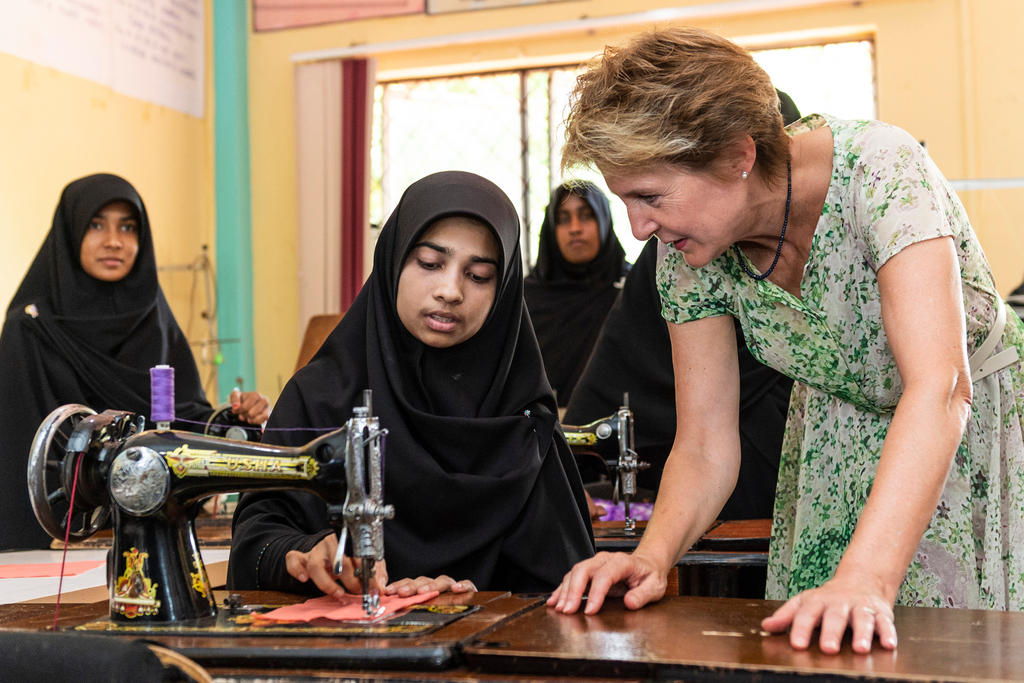
Geopolitical situation: The social, political and economic challenges in North Africa have remained high since the “Arab Spring”, so too in Tunisia. In recent years, Tunisia has become both a country of origin for migrants and a recipient and transit country for migrants and refugees.
What are the drivers of migration? The labour markets in Tunisia and the region offer few prospects. Even the well-educated have little chance of finding employment. Youth unemployment is around 29% (2017). Conflicts, including in Libya and the Horn of Africa, have destabilised the region, leading to increased migration to and through Tunisia.
How many are in Switzerland? Between 2011 and 2017 some 94,000 people left Tunisia, 84% of whom left for Europe, according to the Organisation for Economic Co-operation and Development (OECD). In 2018, 5,000 Tunisians had reached the Italian coast by October. By the end of October 2018, 262 asylum applications from Tunisian citizens were pending in Switzerland.
How does the FDFA/SEM react to the migration drivers? These two projects aim to increase the chances of young Tunisians on the labour market and improve working conditions in Tunisia.
The SDC’s CTRSExternal link project (Tunisian community living in Switzerland), which is being implemented in cooperation with the Swiss Embassy in Tunis, uses the skills and know-how of the Tunisian diaspora in Switzerland for the social and economic development of their home country. Projects help, for example, to give young Tunisians the skills they need to find work on the local labour market.
The FAIR External linkproject works to prevent the exploitation of migrant workers and to improve recruitment processes. The ILO project is being carried out with SDC support in three regions of the world that are particularly affected by labour migration.
Geopolitical situation: In the Horn of Africa, seven million people live outside their country of origin, representing the worldwide highest concentration of internally displaced people.
The countries in this region are among the least developed in the world. Approximately 13 million suffer from food shortages. Violent conflicts, attacks by Islamist groups such as Al-Shabaab and cyclical droughts are destabilising this region.
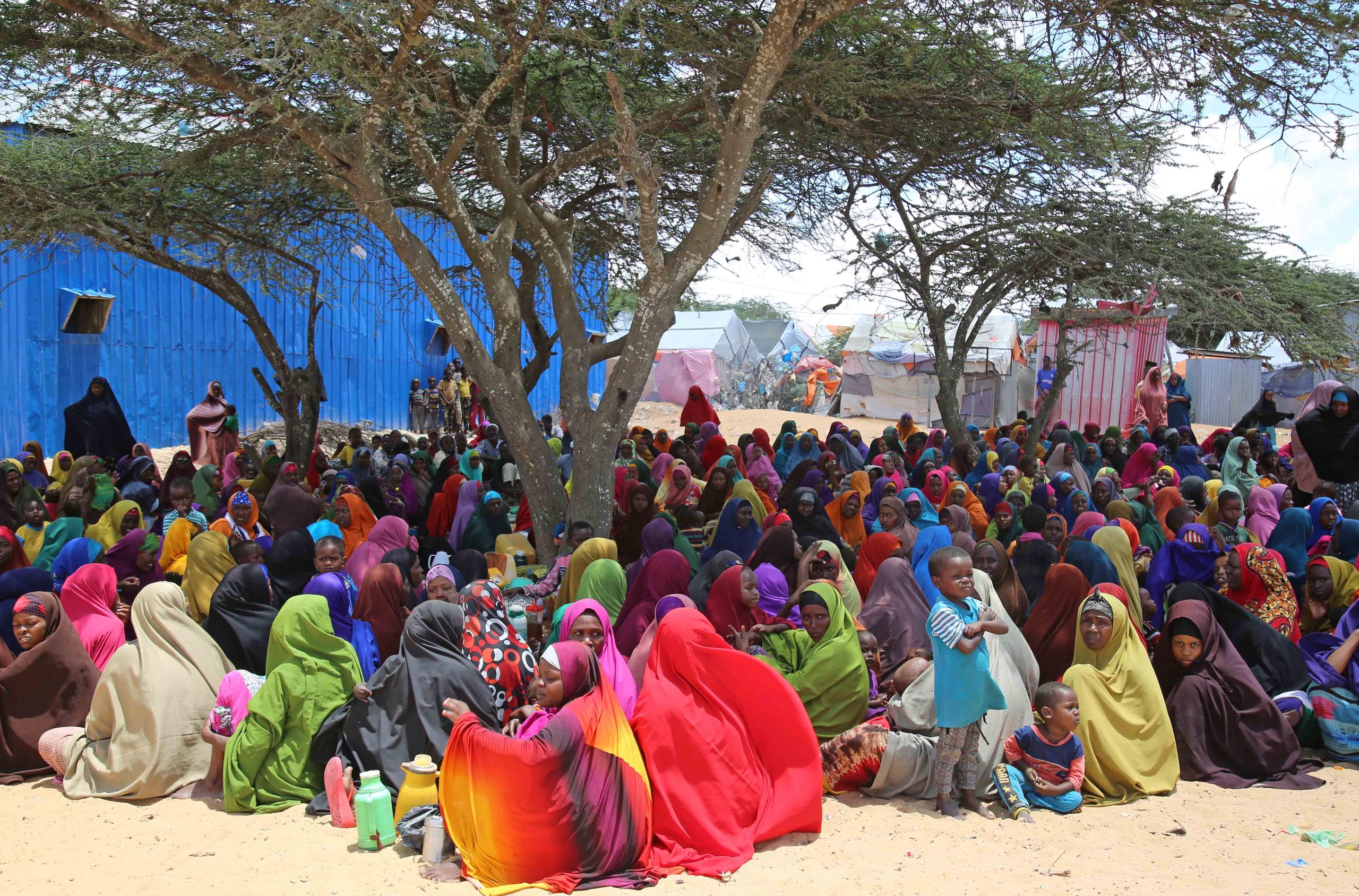
What are the drivers of migration? About 70% of the land area in the Horn of Africa receives less than 600mm of rain per year. At the same time, this region experienced devastating floods in 2018. A lack of agricultural land therefore often triggers conflicts and is the reason for persistent poverty.
Terrorist attacks and high unemployment, especially among young people (an estimated 60% across the Horn) are further reasons why people seek work outside their country’s borders.
How many are in Switzerland? A good 80% of migrants and refugees from the Horn of Africa remain on the African continent. Somalis and Eritreans, however, are among the top ten asylum seekers in Switzerland. In 2017, Eritreans submitted 3375 applications for asylum (34.8% fewer than in 2016). Somalis filed 843 asylum applications (down 46.7%).
How does the FDFA/SEM react to the migration drivers? IGADExternal link, founded in 1996, has eight member states: Djibouti, Eritrea, Ethiopia, Kenya, Somalia, Southern Sudan, Sudan and Uganda. Eritrea has been suspended since 2007.
IGAD promotes regional cooperation and helps members to strengthen their national structures to further orderly migration and to protect migrants. This cooperation also serves to stabilise the region and to counteract the reasons for migration. Discussions to reactivate Eritrea’s membership are underway. This would provide Switzerland with the opportunity initiate a migration dialogue with Eritrea both within the framework of IGAD and as part of the existing bilateral dialogue
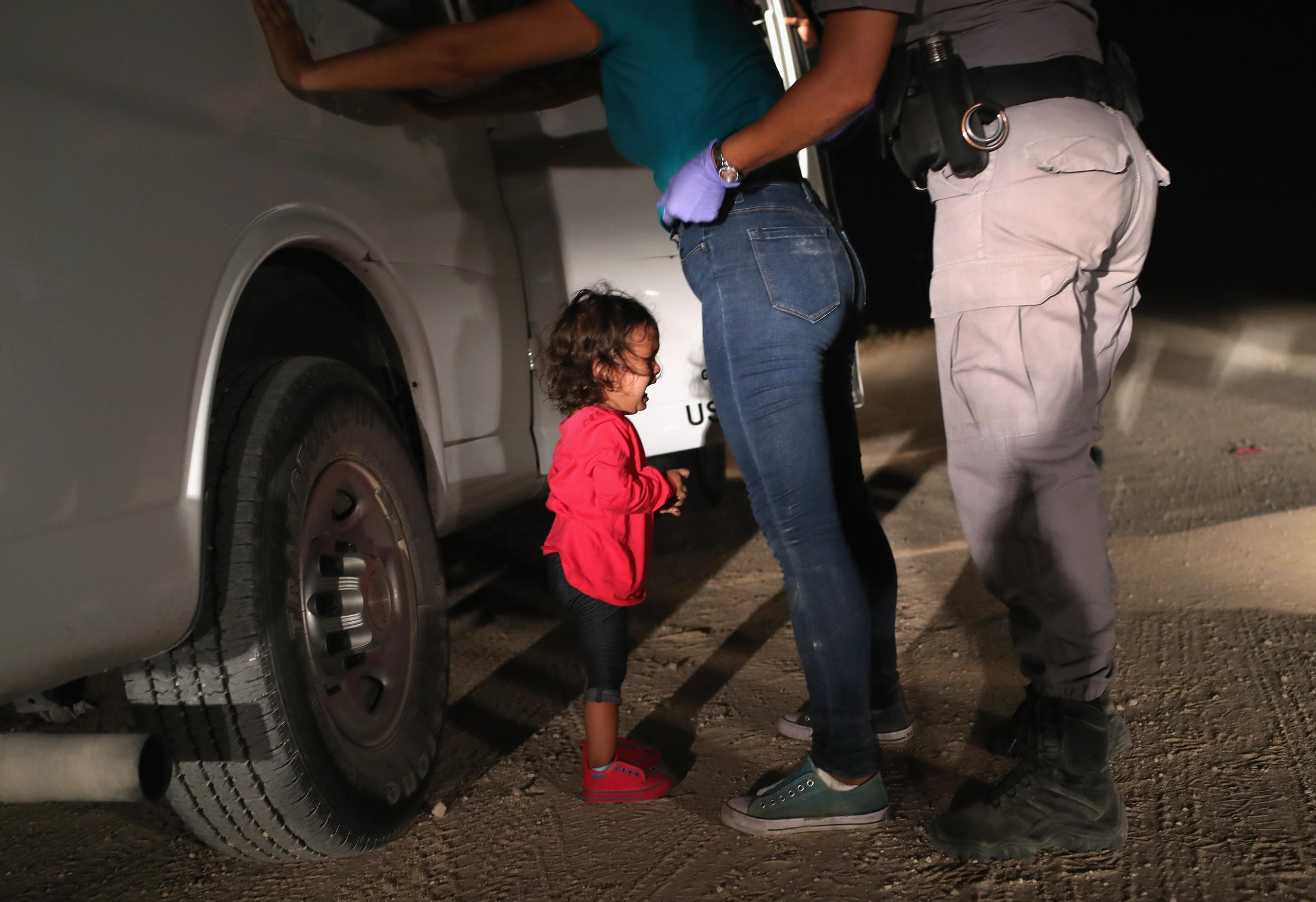
More
Why do we need the Global Compact for Migration?

In compliance with the JTI standards
More: SWI swissinfo.ch certified by the Journalism Trust Initiative

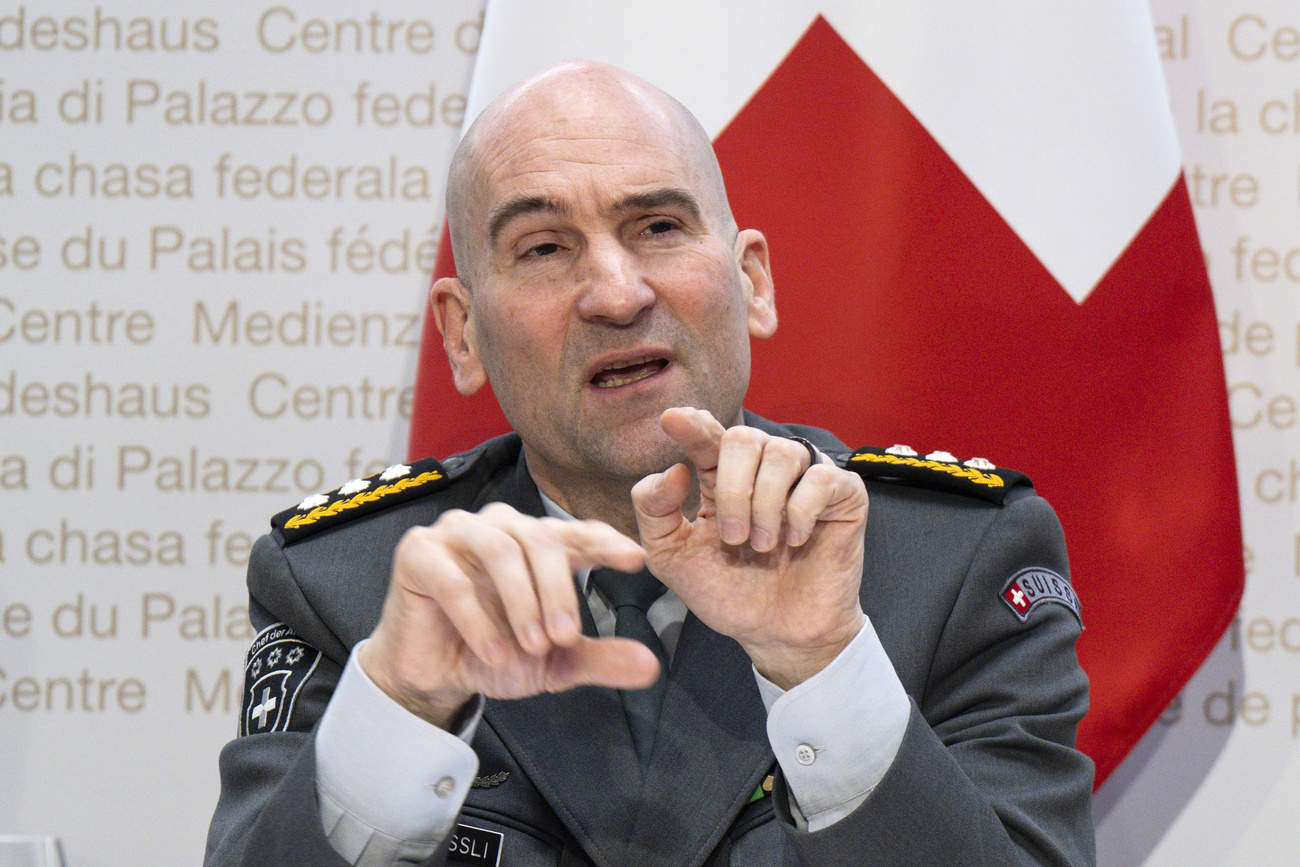










You can find an overview of ongoing debates with our journalists here . Please join us!
If you want to start a conversation about a topic raised in this article or want to report factual errors, email us at english@swissinfo.ch.